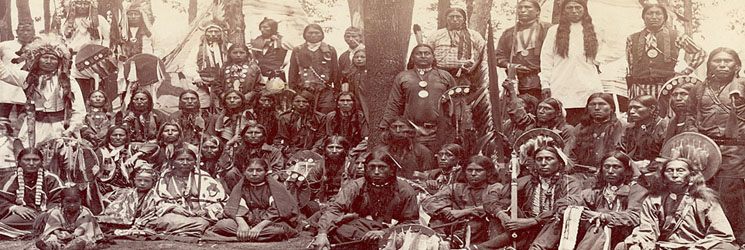
The most famous “Trail Drives” during the early days of the American west, were from Texas north to the railheads in Kansas.
They usually began in the spring, so that the cattle could feed on the new grass as they were herded along. For the northern ranges, the key element was to get to their destinations before an early winter came upon them. Also driving cattle driven in the spring, usually avoided the flooded rivers, so if a herd could leave at the right time, the streams and rivers would be shallow and fordable.
Starting too late could cause problems (including the loss of cattle) because the streams/rivers would be flooded from melted snow. The favorite speed was around 10 to 12 miles a day, although at different times, or under ideal conditions the herd might travel 18-24 miles per day. Generally a herd of steers moved faster, but a mixed herd that included cows and calves that moved slower, but was less likely to stampede.
In a trail drive, the cattle were “guided” and sort of drifted along rather than actually driven on an exact path. The drive started after breakfast, and went until time for the noonday meal (dinner) in which the Chuckwagon had gone ahead to pick a spot for the noonday meal. The Trail Boss would scout ahead for a place to bed down the herd for the night.
A herd of around 3000 or so cattle would need somewhere between 12 to 15 drovers, and this included the Trail Boss, the cook, and the wrangler. Rank and/or status of the cowboy was determined by his place on the drive. The best positions were lead riders who “guided” the herd, the outriders on the flank were next, and the least favorite position was the “drag” riders who ate a lot of dust from the herd. At night two man teams would take two hour shifts. They would often sing to the cattle to calm them and to keep themselves awake. A term that was used for the night shift team was “Night Hawks” and they circled the herd to make sure they stayed together and to keep a keen out for things that might cause the cattle to stampede.
Many cowboys got their start as a Wrangler It was up to the Wrangler, who was usually a young and inexperienced lad, to know whose horse each belonged to, and to keep them together and safe during the night.





